Subscriber Benefit
As a subscriber you can listen to articles at work, in the car, or while you work out. Subscribe NowIndianapolis Motor Speedway, the IndyCar Series and other properties controlled by the Hulman family are being sold to Penske Entertainment Corp., a subsidiary of Penske Corp., which is owned by billionaire Roger Penske.
The deal is expected to close in January.
The 110-year-old speedway is one of the most famous venues in sports and home of the Indianapolis 500, a showcase event with a long history:
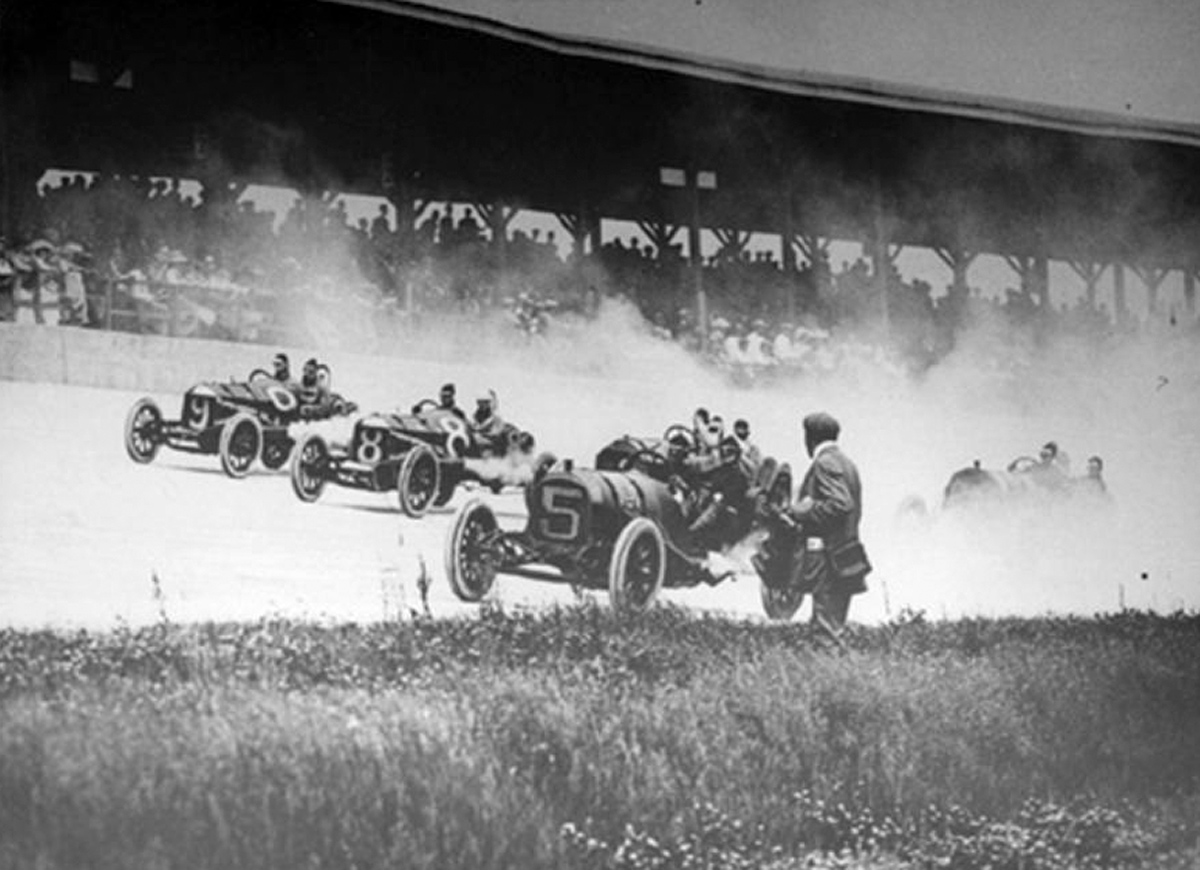
START YOUR ENGINES!
1911: The Indianapolis 500 could not be the race it is today without Ray Harroun’s creativity in the Marmon Wasp. He ditched the riding mechanic and instead relied on the rear-view mirror and a relief driver. Until Harroun arrived, the 2.5-mile speedway had been used primarily as a test track for the city’s budding automotive industry. Two years after 3.2 million paving bricks were laid on the track (it’s not called the Brickyard for nothing) Harroun’s 1-minute, 43-second margin of victory in the inaugural race, which took 6 hours, 42 minutes, 8 seconds, proved drivers could turn a marathon into a sprint, a legacy that plays out each May. After the race, Harroun declared: “Gee, I’m hungry.”
MILKING THE VICTORY
1936: After becoming the first three-time winner of the 500, Louis Meyer celebrated his 1936 win by chugging a bottle of buttermilk. The unusual choice after a race that lasted nearly five hours was embraced by dairy farmers and has become one of the most unique traditions in sports. While race winners didn’t choose milk from 1947-55, the celebration was revived in 1956 and has been used annually every year since with one notable exception. In 1993, Emerson Fittipaldi, an orange-grove owner, tried orange juice before swigging the milk after being told of the faux paus.
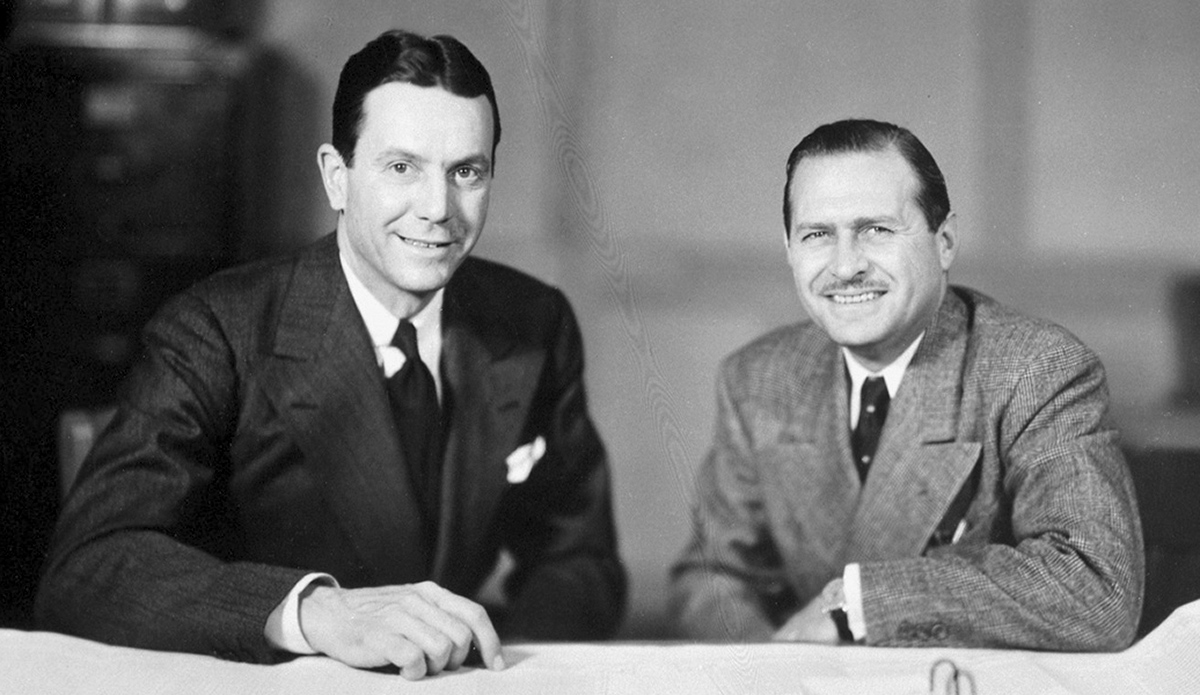
GRAND REOPENING
1946: Indianapolis Motor Speedway closed its doors to racing in 1917 and 1918 because of World War I, but it was the closure during World War II that posed the biggest threat to the historic venue. Three weeks after the attack on Pearl Harbor, speedway President Eddie Rickenbacker canceled the 1942 race. The federal government banned automobile racing in July 1942, and when the war ended in 1945, the track was in disrepair. Tony Hulman Jr., a businessman from Terre Haute, bought the track in November 1945 and refurbished it in time for the 1946 race.
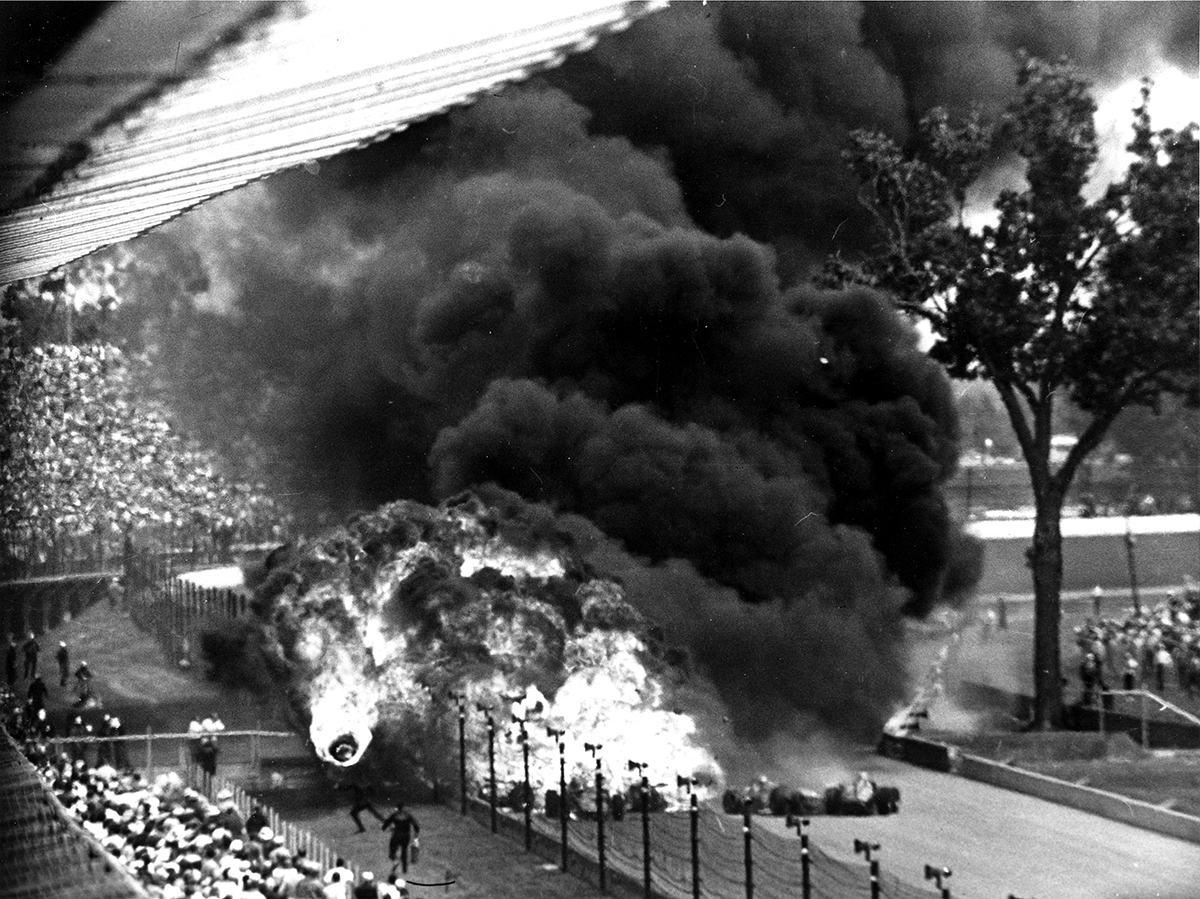
TRAGEDY STRIKES
1964: On the second lap, a double fatality made it a day to forget. Rookie Dave MacDonald lost control of his car in the fourth turn, hit the inside wall, and the car exploded on impact. MacDonald’s flaming car slid across the track into the path of Eddie Sachs. That crash caused a second explosion. Five more cars wrecked in the thick, black smoke that engulfed the front straightaway, forcing the race to be red-flagged more than an hour. MacDonald and Sachs were killed. At least 66 people have died because of auto racing since 1909 at the site.
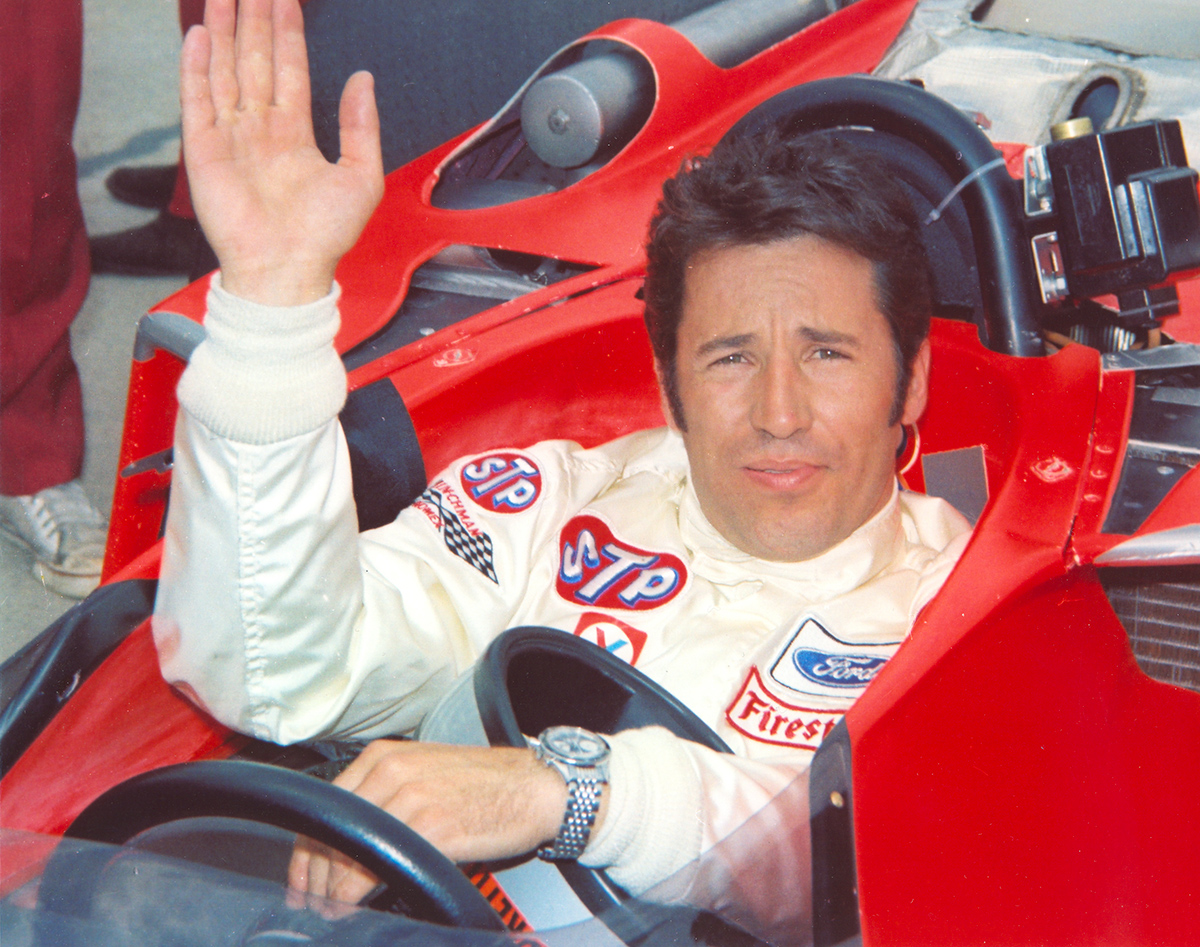
SUPER MARIO
1969: Andy Granatelli’s creativity changed racing. He introduced super-charged engines with almost as much horsepower as other cars. He introduced the turbine engine. He was a master publicist, turning STP into a household brand. But for most of the 1960s, Granatelli was known more for innovations than wins. Mario Andretti changed all that in 1969 when he held on for his first and only Indianapolis 500 victory. It didn’t take Granatelli long to provide one of the race’s most iconic images when he caught up with Andretti in victory lane and surprised him by planting a kiss right on Andretti’s cheek. An Andretti has not taken the checkered flag since.
LAST RIDE
1977: At the time, the significance of the victory lap may not have been clear. Sure, A.J. Foyt was celebrating his record-setting fourth race win. But few expected it to be Foyt’s last win or that they would see Tony Hulman sitting side-by-side with Foyt and waving to the crowd. It was the only time Hulman ever participated in the victory lap at the track he owned and he never got another chance. Hulman died almost exactly five months later.
CRASH AND DASH
1982: One of the best races in history began in ominous fashion with Kevin Cogan running into both A.J. Foyt and Mario Andretti just as the green flag waved. By the end of the day, it became a two-car chase with Rick Mears trying to catch Gordon Johncock. Mears had him in his sights at the end. But Johncock took advantage of a rare splash-and-dash pit stop late in the race, taking just enough fuel to hold off Mears by 0.16 second in what was then the closest finish in 500 history. Four-time winner Mears had to settle for his only runner-up finish in 15 career Indy 500 starts.
CLOSE CALLS
As the racing got tighter, so did the finishes. Al Unser Jr. held off Scott Goodyear by 0.043 second in 1992. Goodyear finished second to fellow Canadian Jacques Villeneuve in 1995 because of a late-race penalty for passing the pace car during a caution period. Sam Hornish Jr. maneuvered his way past Marco Andretti in the closing yards in 2006 to win by 0.0635 second. In 2014, Helio Castroneves lost to winner Ryan Hunter-Reay by a scant 0.06 second.
THE SPLIT
1996: Tony George, the grandson of Tony Hulman, made it clear before the end of the 1995 season that IndyCar racing was changing. He wanted to reduce costs, level the playing field and run primarily on American ovals. Except for A.J. Foyt, most of the other big names stuck with CART. The open-wheel split damaged IndyCar’s image. Eventually, Roger Penske, Chip Ganassi, Michael Andretti and most other big-name teams returned to IndyCar because they needed Indy. George was eventually forced out as head of the series and the speedway, but Champ Car folded and now top American open-wheel racing runs under the single IndyCar banner.
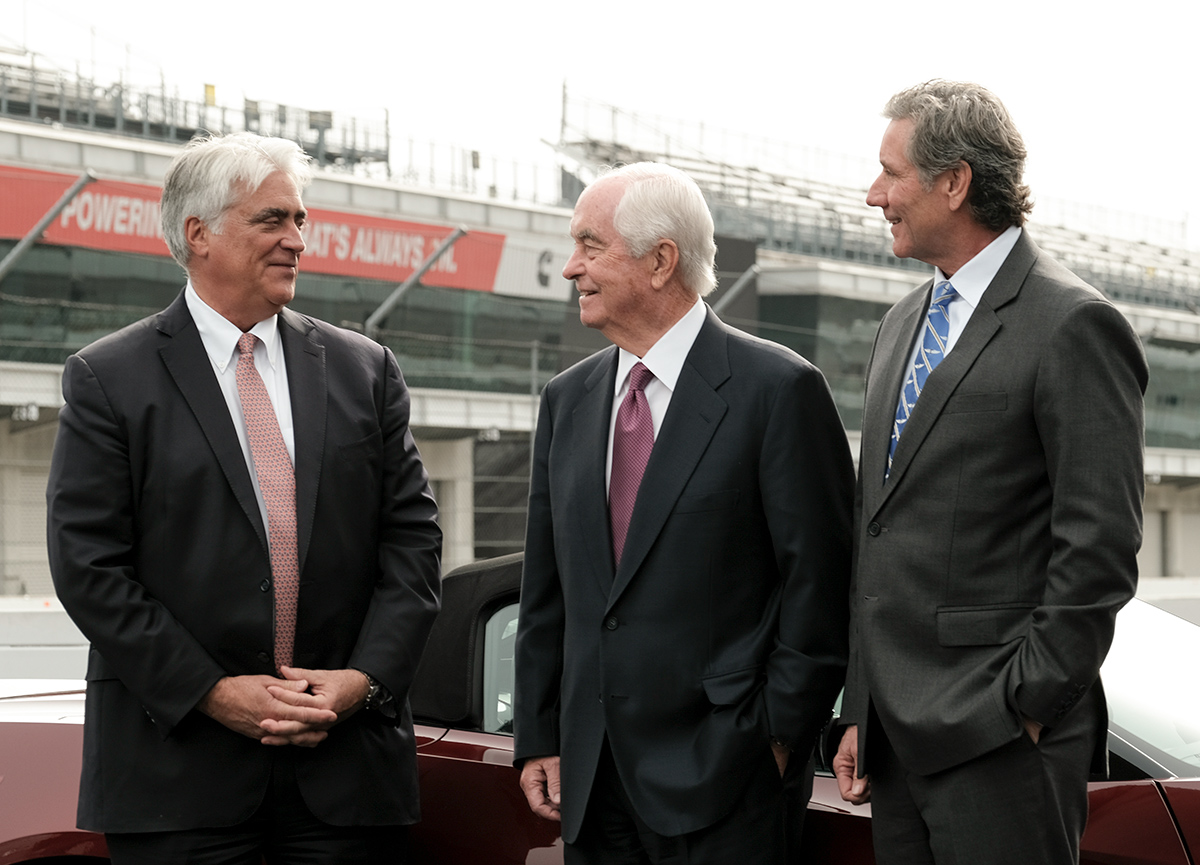
THE SALE
The Hulman family in November 2019 stunned the industry by announcing it would sell the speedway, the IndyCar Series and other properties to Penske Entertainment Corp. in one of the biggest transactions in the history of motorsports.•
Please enable JavaScript to view this content.
